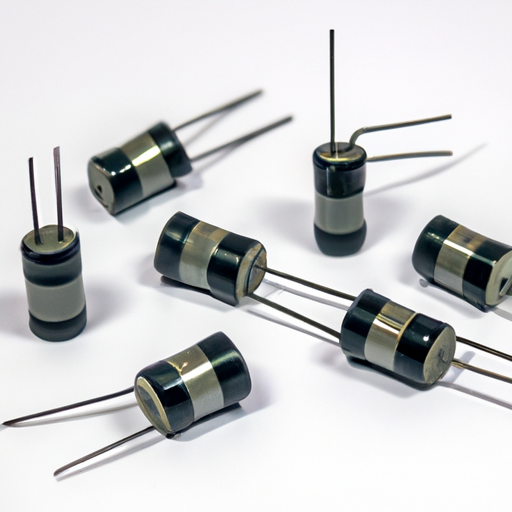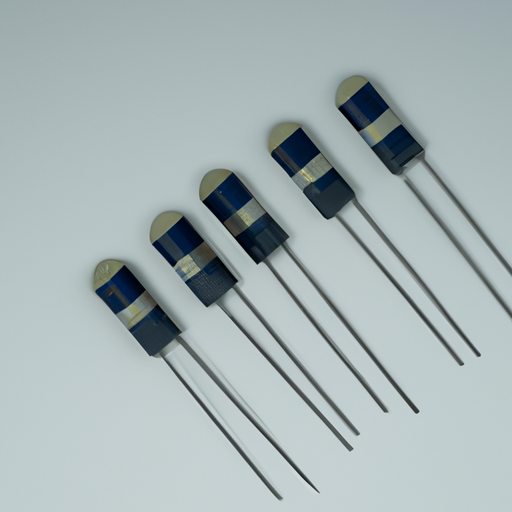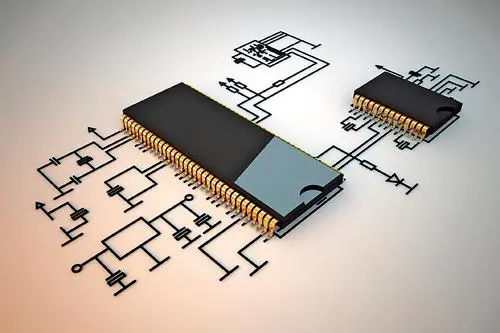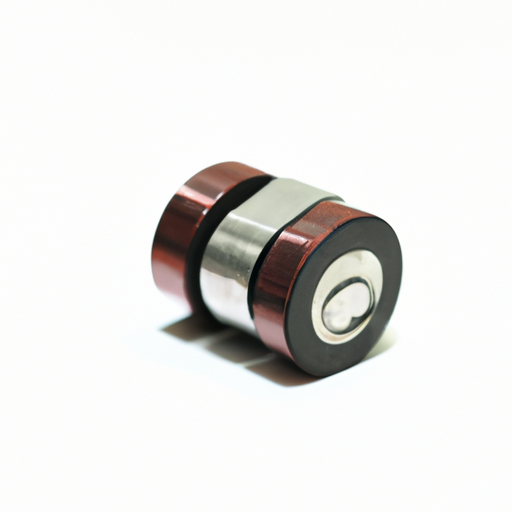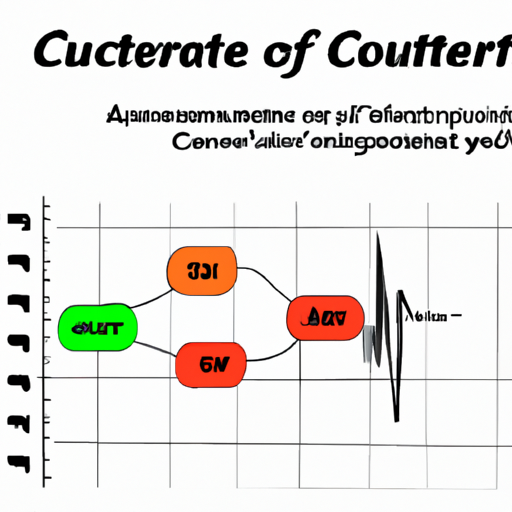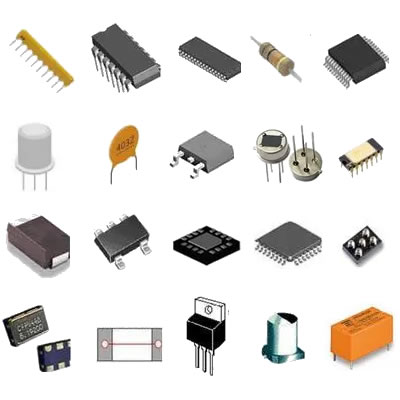What are the market policies for capacitor inductors?
Market Policies for Capacitor Inductors
I. Introduction
Capacitor inductors, often referred to as capacitors and inductors, are fundamental components in electronic circuits. They play a crucial role in managing electrical energy, filtering signals, and stabilizing voltage levels. As the demand for electronic devices continues to rise, understanding the market policies surrounding these components becomes increasingly important. This blog post will explore the various market policies that govern capacitor inductors, including their functionality, market dynamics, regulatory frameworks, pricing strategies, trade policies, and future trends.
II. Understanding Capacitor Inductors
A. Functionality and Applications
Capacitors and inductors serve distinct yet complementary functions in electronic circuits. Capacitors store electrical energy temporarily and release it when needed, making them essential for applications such as power supply smoothing, signal coupling, and timing circuits. Inductors, on the other hand, store energy in a magnetic field when electrical current passes through them. They are commonly used in applications like filters, transformers, and energy storage systems.
B. Types of Capacitor Inductors
Capacitor inductors come in various types, each suited for specific applications. Capacitors can be categorized into fixed and variable types. Fixed capacitors have a set capacitance value, while variable capacitors allow for adjustable capacitance, making them useful in tuning circuits. Inductors can be classified as air core or ferrite core, with air core inductors being lighter and ferrite core inductors providing higher inductance in a smaller size.
III. Market Dynamics
A. Demand and Supply Factors
The market for capacitor inductors is influenced by several demand and supply factors. Technological advancements, particularly in consumer electronics, have led to increased demand for smaller, more efficient components. The rise of smart devices, electric vehicles, and renewable energy systems has further fueled this demand. Conversely, supply factors such as raw material availability and manufacturing capabilities also play a significant role in shaping the market.
B. Key Players in the Market
The capacitor inductor market is characterized by a mix of established manufacturers and emerging startups. Major players include companies like Murata Manufacturing, Vishay Intertechnology, and TDK Corporation, which dominate the market with their extensive product lines and technological expertise. Emerging startups are also making their mark by introducing innovative solutions and catering to niche markets.
IV. Regulatory Framework
A. International Standards and Compliance
The capacitor inductor market is subject to various international standards and compliance regulations. The International Electrotechnical Commission (IEC) sets standards for electrical and electronic components, ensuring safety and performance. Additionally, the Restriction of Hazardous Substances (RoHS) directive limits the use of certain hazardous materials in electronic products, promoting environmental sustainability.
B. National Regulations
In addition to international standards, national regulations also impact the market. In the United States, the Federal Communications Commission (FCC) regulates electronic devices to ensure they do not cause harmful interference with communication systems. In Europe, CE marking indicates that a product meets safety and environmental requirements, allowing it to be sold within the European Economic Area.
V. Pricing Strategies
A. Cost Structure of Capacitor Inductors
The pricing of capacitor inductors is influenced by their cost structure, which includes raw material costs, manufacturing expenses, and labor costs. The prices of raw materials, such as metals and plastics, can fluctuate based on market conditions, impacting the overall cost of production.
B. Pricing Models
Manufacturers employ various pricing models to remain competitive in the market. Cost-plus pricing involves adding a markup to the production cost to determine the selling price. Competitive pricing, on the other hand, involves setting prices based on competitors' pricing strategies, ensuring that products remain attractive to consumers.
VI. Trade Policies
A. Import and Export Regulations
Trade policies significantly affect the capacitor inductor market, particularly regarding import and export regulations. Tariffs and duties imposed on imported components can increase costs for manufacturers, while trade agreements can facilitate smoother transactions between countries. Understanding these regulations is crucial for companies operating in the global market.
B. Impact of Global Trade Policies
Global trade policies, including trade wars and tariffs, can have profound effects on the capacitor inductor market. For instance, recent trade tensions between major economies have led to increased costs and supply chain disruptions. Companies must navigate these challenges to maintain competitiveness and ensure a steady supply of components.
VII. Market Trends and Innovations
A. Technological Innovations
The capacitor inductor market is witnessing rapid technological innovations. Miniaturization and efficiency improvements are driving the development of smaller, more powerful components. Smart capacitors and inductors equipped with sensors and communication capabilities are emerging, enabling real-time monitoring and control in electronic systems.
B. Sustainability Trends
Sustainability is becoming a key focus in the capacitor inductor market. Manufacturers are increasingly adopting eco-friendly materials and practices to reduce their environmental impact. Additionally, recycling and end-of-life management initiatives are gaining traction, promoting a circular economy in the electronics industry.
VIII. Challenges in the Market
A. Competition and Market Saturation
The capacitor inductor market is highly competitive, with numerous players vying for market share. This competition can lead to market saturation, making it challenging for new entrants to establish themselves. Companies must differentiate their products through innovation and quality to succeed.
B. Supply Chain Disruptions
Supply chain disruptions, exacerbated by global events such as the COVID-19 pandemic, have posed significant challenges for the capacitor inductor market. Manufacturers must develop resilient supply chains to mitigate risks and ensure a consistent flow of materials and components.
C. Regulatory Compliance Challenges
Navigating the complex regulatory landscape can be daunting for manufacturers. Compliance with international and national regulations requires significant resources and expertise. Companies must stay informed about changing regulations to avoid penalties and ensure product safety.
IX. Future Outlook
A. Predictions for Market Growth
The future of the capacitor inductor market looks promising, with predictions of steady growth driven by increasing demand for electronic devices and advancements in technology. As industries continue to evolve, the need for efficient and reliable components will remain strong.
B. Emerging Markets and Opportunities
Emerging markets, particularly in Asia and Africa, present significant opportunities for growth. As these regions experience rapid industrialization and urbanization, the demand for electronic components, including capacitor inductors, is expected to rise.
C. The Role of Research and Development
Research and development (R&D) will play a crucial role in shaping the future of the capacitor inductor market. Companies that invest in R&D will be better positioned to innovate and meet the evolving needs of consumers and industries.
X. Conclusion
In conclusion, the market policies for capacitor inductors are influenced by a myriad of factors, including functionality, market dynamics, regulatory frameworks, pricing strategies, trade policies, and emerging trends. As the electronics industry continues to grow and evolve, understanding these policies will be essential for manufacturers and stakeholders. By adapting to market changes and embracing innovation, companies can thrive in the competitive landscape of capacitor inductors, ensuring a bright future for this vital component of modern electronics.

